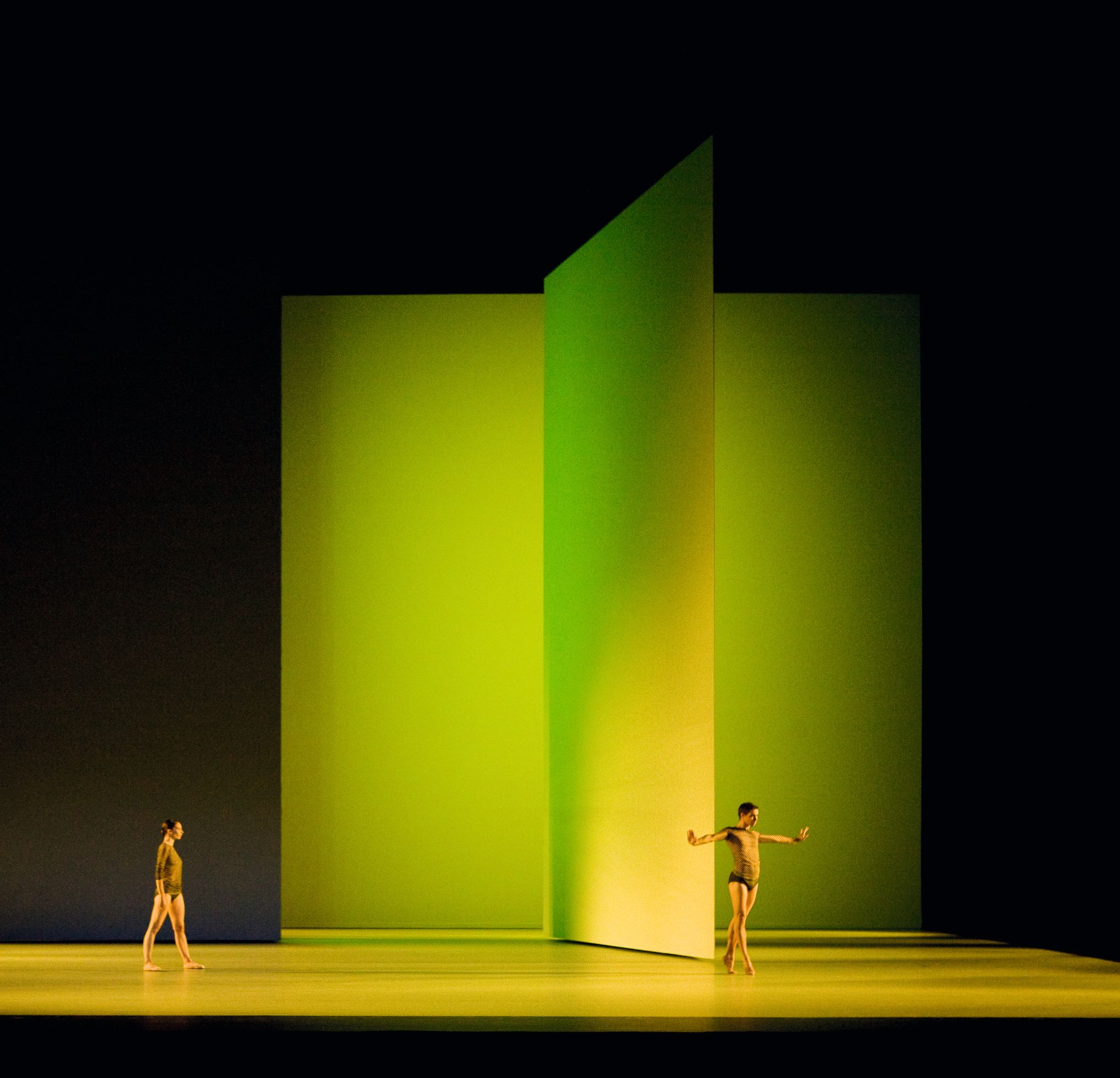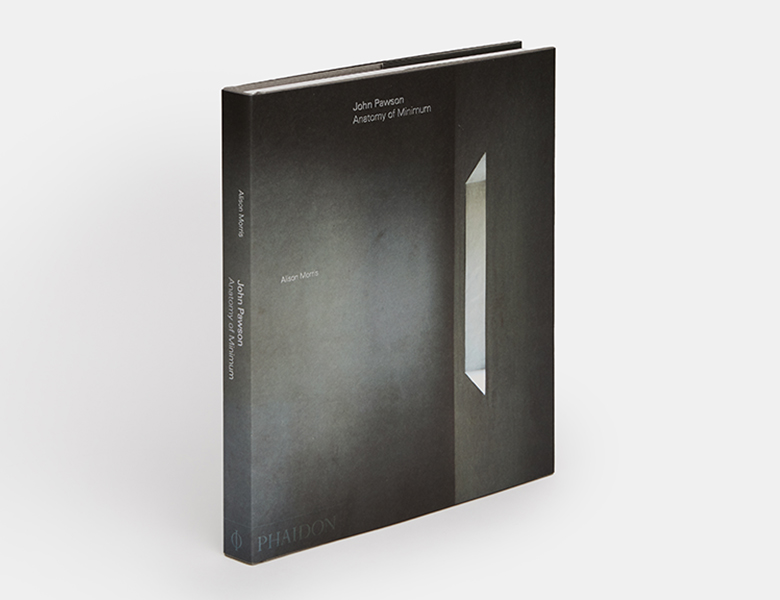
Pawson Projects: L’Anatomie de la Sensation
How does the noted minimalist architect approach stage design? In his own signature simple, yet emotional, way
John Pawson may have created everything from an oil lamp to a Cistercian monastery, but for him, it’s all architecture. So, when the noted minimalist came to work with the British choreographer, Wayne McGregor, he approached the commission in customary fashion.
“Part of the specific challenge of stage design for an architect is the way in which it splits how space will be physically experienced from how it will be seen,” writes the architectural commentator Alison Morris in our new book, John Pawson: Anatomy of Minimum. “In this sense, a key function of the physical environment the designer is creating is to provide a charged context within which the human body can move but also, critically, within which this movement can be read.”
This was certainly the guiding principle for Pawson’s work back in 2006 for Chroma, his first collaboration with McGregor, and he returned once more to this way of thinking, when the two were brought together again in the French capital, back in 2011.
“L’Anatomie de la Sensation, Pawson’s second work for McGregor, first performed at the Opéra Bastille in Paris, draws on the spatial themes of Chroma but passes them through specific new filters — the artist Francis Bacon’s Blood on Pavement and a piece of music inspired by the painting, ‘Blood on the Floor’, composed by Mark-Anthony Turnage,” explains Morris.

How does Pawson express this in space? In his inimitable, paired-back fashion, explains Morris. “Two pivoting vertical elements render the stage a triptych and provide the means both to manipulate perspective and to frame spatial environments of shifting magnitude and intimacy,” she writes.
“This base canvas is susceptible to transformation through the application of light. Screens of fabric scrim used in one of the ballet’s eight sections develop the theme of manipulated perspectives, blurring the dancers’ bodies into a suggestive semblance of brushstrokes. Although realized on a massive scale, the intervention is actually very simple. In essence it comprises just two pivoting vertical elements. By altering the angles and the light, a whole range of spatial conditions and atmospheres can be achieved that profoundly affects the audience’s visual and emotional experience."
For more beautifully simple, yet arresting emotional treatments, order a copy of our new book, John Pawson: Anatomy of Minimum here. It hones in on the essential details that mark his distinctive architectural and aesthetic style. It groups a selection of his recent works into domestic projects, including his own house in rural England; extended sacred spaces; and repurposed structures, such as London's Design Museum. Throughout its pages, this book explores Pawson's unique approach to proportion and light and his precise language of windows, doors, and walls. Buy your copy here.